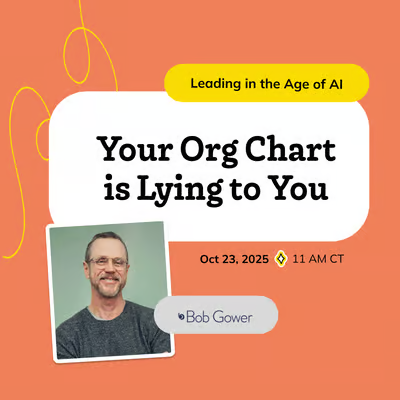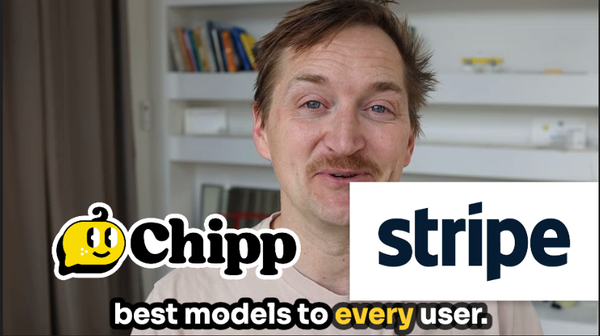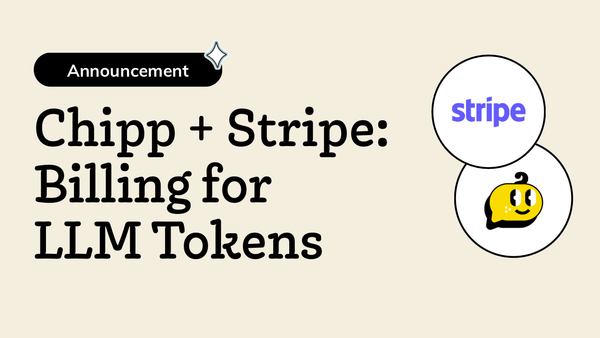Your org chart is lying to you. And it’s getting riskier by the day.
Show me your org chart and I’ll show you a lie.
Not a malicious lie. Just an outdated picture that lodges in leaders’ heads and quietly misleads decisions. The moment it’s exported to PDF, it’s wrong—and it never showed how work really happens anyway.
That false certainty leaves you blind to growing risks.
The Faulty Operating Model
On paper you see clean lines and tidy decision paths. In practice your teams run on shadow workflows, informal influence, and now—AI tools your formal structure never anticipated.
That gap between how your org is designed and how work actually flows doesn’t just create inefficiency. It creates vulnerabilities that surface when:
- A competitor makes a move you should have seen coming
- Teams wait on decisions that should be obvious
- Your best people get frustrated and leave
- AI pilots stall or never scale
The problem isn’t your people or your strategy. It’s the operating model—symbolized by that neat little org chart that’s built for a slower, more predictable world.
Think about a state change in physics. Water boils and becomes steam. The same molecules, but different behavior requiring different equipment.
Markets, culture, and technology (AI especially) have boiled. Old ways of structuring teams, making decisions, and managing work can’t contain this new state.
The good news: there’s a path forward.
If you treat this as a fundamental shift in how work gets done, you can turn disruption into advantage. AI helps—not as a robot to replace people, but as an associative tool that gives leaders real-time sightlines: patterns, dependencies, weak ties, early signals.
The first step isn’t “fixing” the org chart. It’s replacing false pictures with live clarity—then tuning roles, cadences, and incentives to match reality.
We'll do just that next Thursday.

Join me Thursday, Oct 23 @ 12:00–1:00pm ET for a free, working session: Leading in the Age of AI. You’ll leave with:
- A simple lens (inspired by Goldratt & Deming) to see where your organization’s real bottlenecks live — and why fixing people rarely fixes the problem.
- Three small “center + edge” experiments you can run in the next 30 days to close drift and improve flow.
- A fresh view of AI as a leadership instrument — one that helps you see the system without surveillance or blame.




